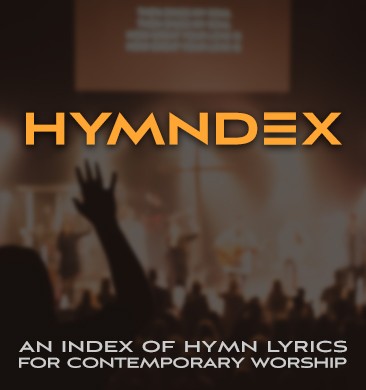I’ve talked before about how some church choirs are morphing from traditional 4 part SATB to a praise choir format. Here are a few characteristics I’ve discovered:
Most men can’t read music. A traditional 4 part SATB church choir is most likely made up “choir people” who have sung in choirs all their lives – in grade school, high school and college. A praise choir is usually found in a contemporary, seeker oriented church and has a good number of members who haven’t had formal musical or “church” training.
When I arrange for SAB (soprano, alto, baritone) I’m thinking of a praise choir. The men often sing melody, doubling the male worship leader. When the men are singing a part, they’re all singing the same note – no separate tenor or bass parts to confuse non-readers. Out of the entire men’s section you probably will have a core of 2 to 4 guys who can read music enough to lock everyone else in. A few more can tell if the notes on the page go up and down enough to sort of read music, and the majority of men are singing by ear.
Unisons and 2 parts. Nuances of SATB part writing are lost in a praise band setting. Lots of praise choir unison and 2 part writing is what cuts through the mix. Plus, with all the rhythmic intricacies of contemporary melodies, thick part writing gets clumsy and muddy. A good portion of your rehearsal is spent just getting the rhythms correct.
For Easter a few years ago I arranged “Love Is Here” by Tenth Avenue North for a local praise choir. I’ll explain my thought process in creating this praise choir arrangement, so take a look at the PDF and follow along with the MP3 below. You may not arrange music yourself, but these ideas might help you tweak and simplify an otherwise complicated SATB version of the latest praise song.
Use this sheet music and vocal demo MP3 in your own ministry FOR FREE.
If you need charts or more resources for your band, here’s a link to the song on PraiseCharts.com. RIGHT click to download the files, then select something like “save as” or “save link as”
First of all, the original recording is in B and I don’t want the sopranos singing that high – they can’t sing high and contemporary at the same time. I have 2 choices: let the tenor worship leader lead the song and the choir will sing a lower background vocal harmony, or lower the key and let the praise choir drive it. Since the song was the finale of the Easter program I decided it should be choir driven and lowered it considerably – my version is in F.
The original ends on a minor chord and is a bit “down.” I felt this version should end big on a major chord. I also created a key change on the last chorus to add punch, something which I haven’t done in a few years. Key changes have been out of vogue for awhile but I think they’re going to make a comeback this decade 🙂 That’s another reason why I start in F – because I want the song to end in the brighter key of G, and G is still not too high for the sopranos to carry the melody while singing in a contemporary style.
The verses are unison and the prechorus at measure 9, “all you who labor in vain,” has men on a harmony part to build interest. Like I said before, contemporary rhythms are a little complicated for the average choir. I even smoothed the melody out a little in some places compared to the original, so keeping everyone on melody keeps it tight and clean.
Then the praise choir breaks into SAB on the choruses. A praise choir will often sing in a tight, 3 part harmony. But in this case, tight harmony would put the men up to an F (G on the keychange) and that’s just too high. So I made the harmony wider on the first phrase “Love is here, love is now” then they return to melody for the rhythmic second phrase.
The bridge continues alternating between melody and 2 parts. The chorus is repeated in SAB and the choir goes to unison for the keychange for added strength at measure 36.
The song ends with tight SAB harmony on a major chord for “Love is here” at measure 46 while the band continues rocking.
There you have it – a typical 21st century praise choir SAB arrangement – lots of unison and 2 parts with a smattering of SAB. Traditional ears hearing the piece will find it too simple and boring for their SATB choir. But the purpose of the praise choir is not to perform an intricate anthem for a passive audience. They’re leading a congregation in worship, appropriate in the style of today’s popular music.





